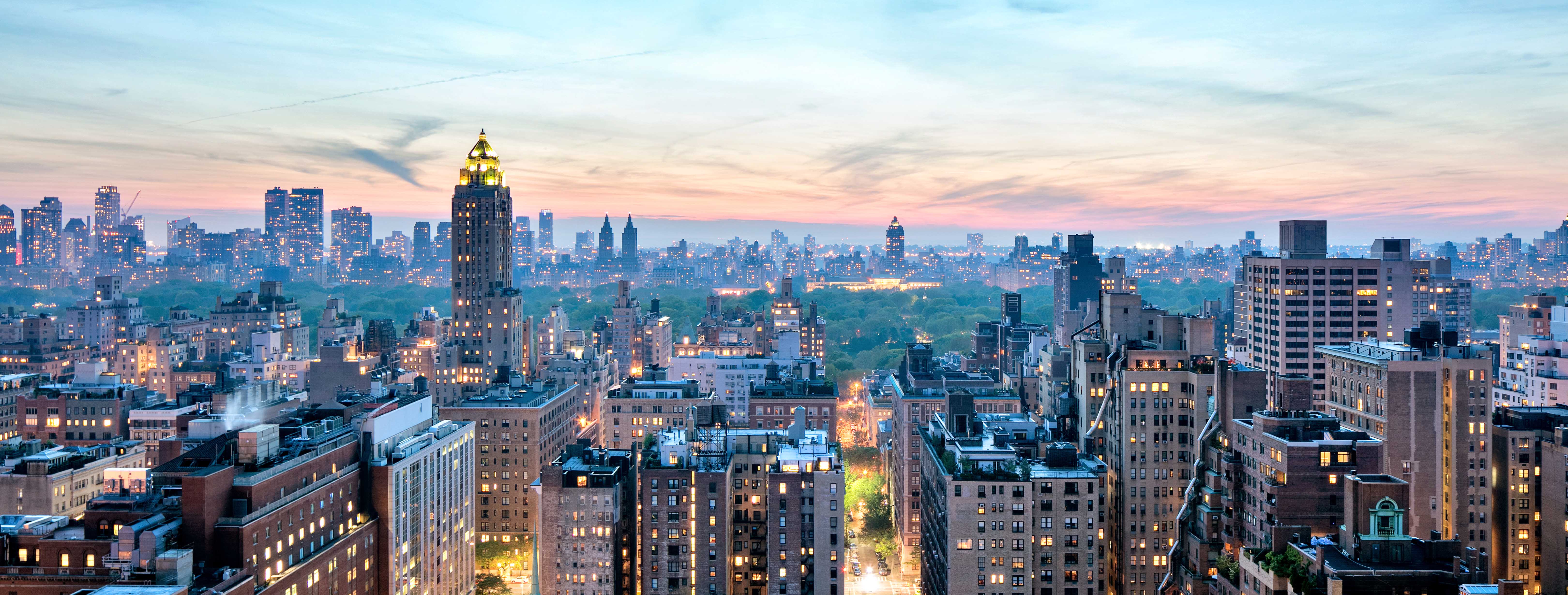The Upper East Side is known for the world-class galleries that make up Museum Mile, but it is also home to numerous smaller museums. You can relish Ming Dynasty pottery, early 18th-century furnishings, superhero comics, and contemporary Ukrainian paintings all in a matter of blocks.
725 Park Avenue (between 70th and 71st Streets)
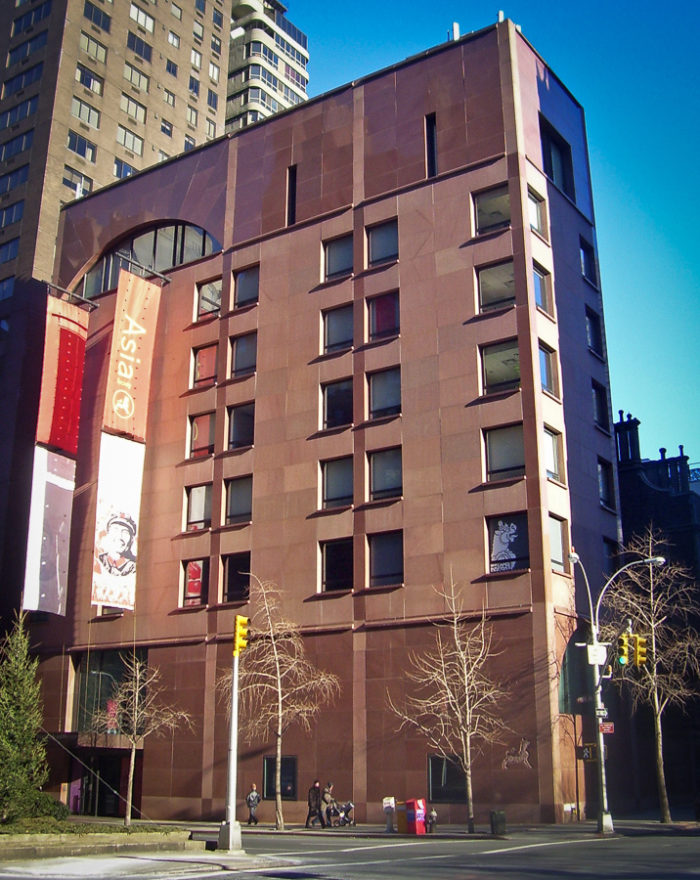
Asia Society and Museum. Image: Daniel Case/Wikimedia
John D. Rockefeller III founded the Asia Society in 1956, and his collection of some 250 Asian artworks and artifacts, left to the society after his death in 1979, form the foundation of its permanent museum collection. Selected works from the collection are on display at any given time, such as a circa 300 A.D. Buddha head carving from Pakistan, 8th-century earthenware figurines from China, and an 11th-century copper-alloy statue of Ganesha from India. The society hosts temporary exhibits as well. “Letters from Saigon to Saigon,” a recently acquired series of nine photographs by Tuan Andrew Nguyen, debuts September 7. Opening September 14 and running through January is “The Progressive Revolution: Modern Art for a New India,” featuring oil paintings and other works by members of the Progressive Artists’ Group, which formed after India’s declaration of independence in 1947.
321 East 73rd Street (between First and Second Avenues)
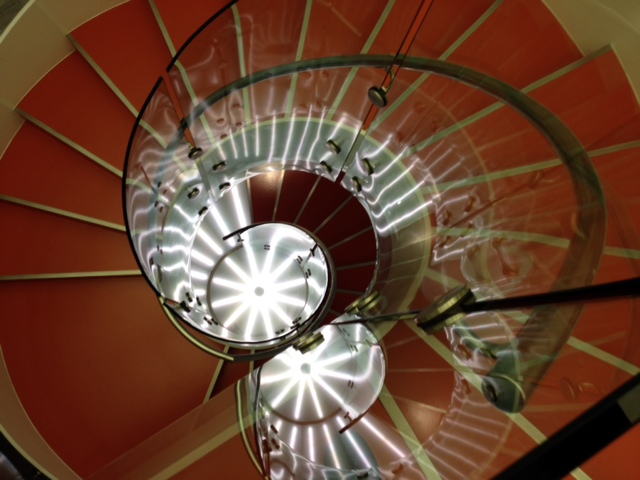
The staircase of Bohemian National Hall as seen from the second floor. Image: Josh1582/Wikimedia
A neo-Renaissance building completed in 1897, the Bohemian National Hall would be worth a visit even if it did not house the Czech Center, the Bohemian Benevolent and Literary Association, and the Czech Republic’s Consulate General, which coordinate a series of exhibits and other events. Though most of the interior received a contemporary renovation beginning in 2003, the facade and the ballroom retain their fin de siècle majesty. On exhibit through October 2019 is “Ester Havlova: Bound to Architecture,” in which the Czech photographer captures the contrasts and rhythms inherent in architecture, particularly Cubist structures. Another photo exhibit, “August 21, 1968,” which documents the Soviet military invasion of Czechoslovakia that occurred on that date, is on display through October 5.
One East 70th Street (at Fifth Avenue)
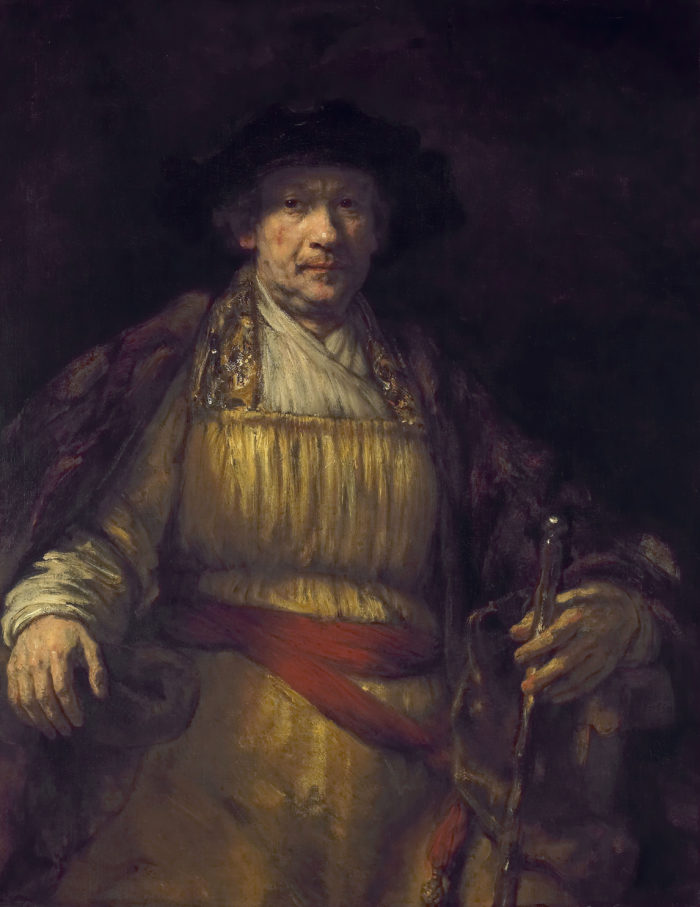
This Rembrandt self-portrait is among the works of the Frick Collection. Image: public domain/Wikimedia
Although industrialist Henry Clay Frick was born in the New World—Pennsylvania, to be exact, in 1849—he had an affinity for the Old World. This, his final residence, built by Thomas Hastings of fabled Beaux-Arts architecture firm Carrère and Hastings, is decidedly European in style, and he collected Old Masters, French furniture, and Limoges porcelain, among other works. These items, including works by Rembrandt, Vermeer, Titian, Constable, and Rubens, make up the permanent collection on display. The Frick hosts temporary exhibits as well. Running through September 23, “Canova’s George Washington” is dedicated to a “lost” statue by Antonio Canova depicting the first U.S. president. Beginning September 18 is “The Charterhouse of Bruges: Jan van Eyck, Petrus Christus, and Jan Vos,” spotlighting paintings commissioned by monk Jan Vos. “Masterpieces of French Faience: Selections from the Sidney R. Knafel Collection” opens on October 9, and “Luigi Valadier: Splendor in 18th-Century Rome,” showcasing more than 60 works by the Italian silversmith, opens October 31.
Mount Vernon Hotel Museum & Garden
421 East 61st Street (between York and First Avenues)
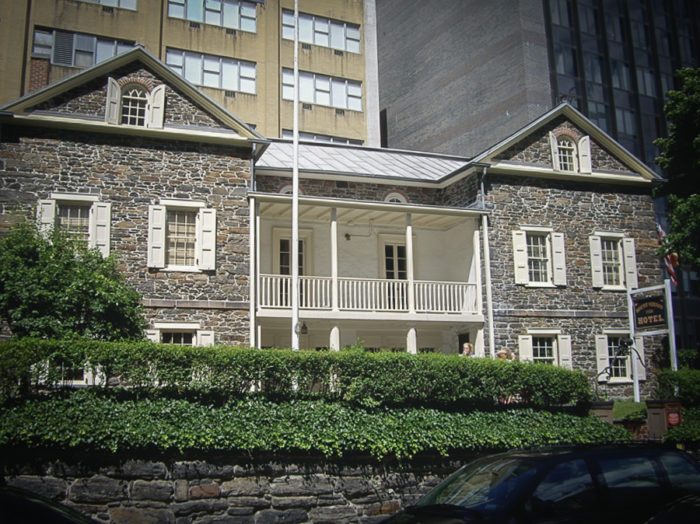
Mount Vernon Hotel Museum & Garden. Image: I, Dmadeo/Wikimedia
In the early 19th century, what is now the Upper East Side was considered the countryside, as most of the city’s population was crowded below 14th Street. From 1826 to 1833, this one-time carriage house served as a “day hotel” for those seeking a bucolic escape. It was subsequently used as a family home for 70 years; today the New York City Historic Landmark, which is also on the National Register of Historic Places, illustrates life in the city during the early 19th century via eight of its rooms, including parlors, a tavern room, and the kitchen, outfitted with period furnishings. Special exhibits are held too; for instance, through September 9 “New York Women, War, and Patriotism: 1812-1918,” a tribute to women working in nontraditional occupations during wartime, is on display.
643 Park Avenue (between 66th and 67th Streets)
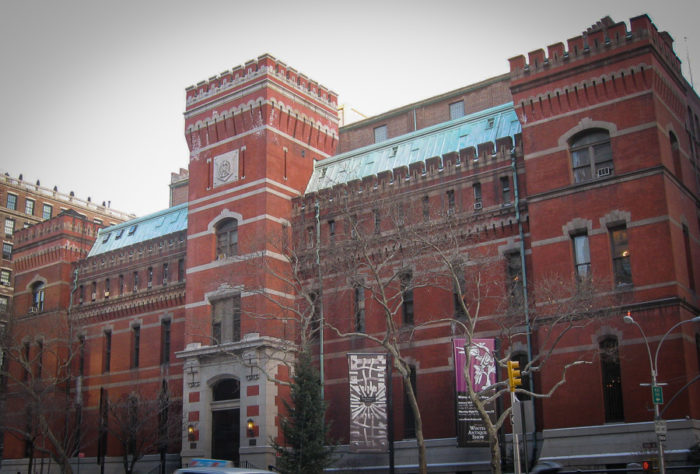
Park Avenue Armory. Image: Jim.henderson/Wikimedia
Taking up an entire city block, the one-time home of the 7th New York Militia Regiment serves many purposes. It is home to the Knickerbocker Greys, the country’ oldet afterschool program, and a National Guard unit, among other organizations. It also serves as a museum and exhibition space. Guided tours walk you through period rooms within the National Historic Landmark, which include interiors and furnishings by Stanford White, Louis Comfort Tiffany, and other Gilded Age notables. Among the armory’s arts series is the monthly Artists Studio, in which an artist creates a site-specific installation in the Tiffany-designed Veterans Room. Charlemagne Palestine, an experimental musician known for integrating teddy bears and found objects into his performances, holds court on September 14; Juliana Huxtable will perform a new multimedia work on October 10. December 4 through 15, multimedia artist William Kentridge will debut a specially commissioned production, “The Head and the Load,” which examines the experiences of the nearly 2 million Africans used as porters and carriers by the British, French, and Germans during World War I. Chamber music recitals, dance performances, lectures, and talks are also held throughout the year.
The Society of Illustrators/Museum of Illustration
128 East 63rd Street (between Lexington and Park Avenues)
Illustration is sometimes viewed as the ugly stepsister of the fine arts. The Society of Illustrators has long since fought that misconception. Charles Dana Gibson, Maxfield Parish, and N.C. Wyeth were among the earliest members of the society, which was founded in 1901. Eighty years later the organization established its Museum of Illustration. The permanent collection consists of more than 2,500 works by artists as diverse as Thomas Nast, Howard Pyle, Norman Rockwell, and Brad Holland. Because the museum also incorporates the assets of the former Museum of Comic and Cartoon Art, original works by cartoonists including Walt Kelly, Gahan Wilson, Alison Bechdel, and Robert Mankoff are part of the collection as well. In addition to the extensive permanent collection, visitors can view an equally wide-ranging variety of temporary exhibitions. On display through October 13 is “Funny Ladies at ‘The New Yorker’: Cartoonists Then and Now,” showcasing female cartoonists published in the magazine. Running through October 20 is “The Art of the Avengers and Other Heroes,” with original works by Jack Kirby, Steve Ditko, and other Marvel artists. Beginning November 7 is “The Original Art 2018 Exhibit,” a juried show of original art from children’s books published this year.
Ukrainian Institute of America
Two East 79th Street (at Fifth Avenue)
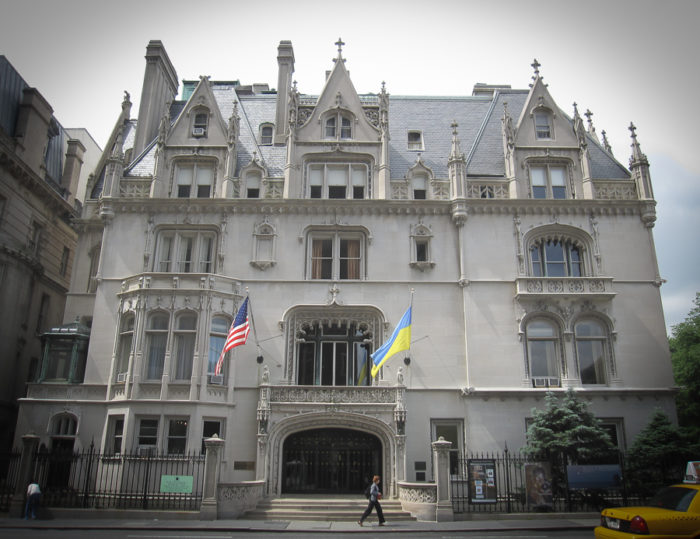
Ukrainian Institute of America. Image: Gryffindor/Wikimedia
A National Historic Landmark and the one-time mansion of Sinclair Oil founder Henry F. Sinclair, the turn-of-the-20th-century French Renaissance-style building that houses the Ukrainian Institute is spectacular inside and out. Fortunately is host numerous exhibits that provide a good reason to step inside. Running through September 23, for instance, is “The 2018 Summer Art Show,” a group exhibit of paintings by contemporary Ukrainian (and in one case, Georgian) artists including Vasyl Bazhaj and Ilona Sochynsky. From September 28 to October 21, “Hard Coal, Hard Times: The Social Realist Art of Nicholas Bervinchak,” paintings and etchings depicting the lives of miners in northeastern Pennsylvania in the 20th century, will be on display. Textile artist Anastaslia Podervlanska will debut her first show at the institute, “High Textile,” on October 4.


